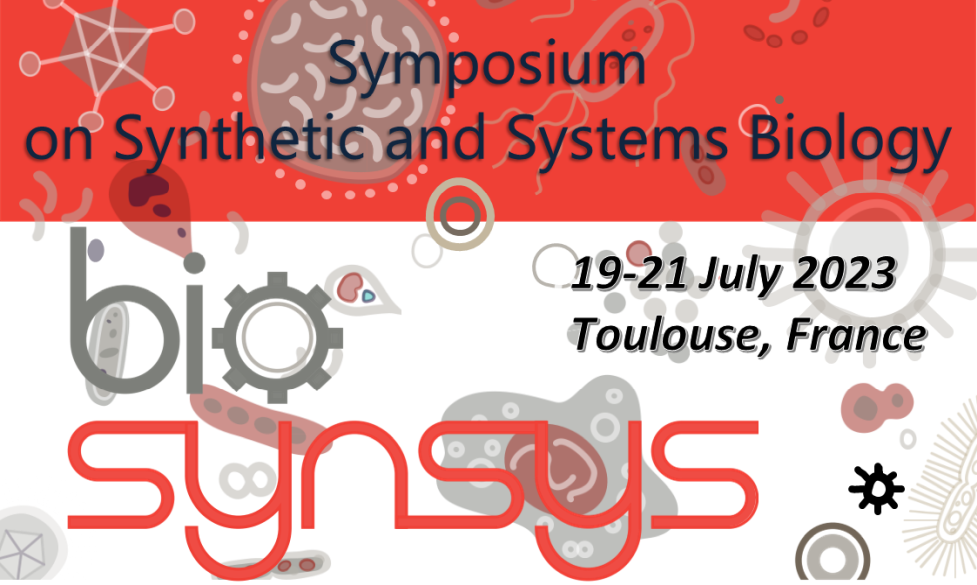Microbiology has made great strides over the last century in describing how microorganisms function. These studies have been developed mostly through model systems, in pure culture and under optimal conditions or under very specific stress conditions. However, in Nature, these ideal conditions do not exist, and bacteria coexist with others, forming an "advanced society" based on physical and metabolic interactions and enabling them to develop in environments that are not conducive to life (absence of substrates, unfavorable physicochemical conditions....). These microbial consortia exert influence on geochemical cycles, agriculture, human health....
Obtaining a comprehensive picture of functions harbored by entire communities across various environments remains difficult since the behavior of the consortium cannot be predicted by the sum of individual behaviors. One way of studying to decipher how the consortium works at the molecular level is to reconstitute synthetic consortia or associations of bacteria known to be involved in a same ecosystem.
In anaerobic environments, the degradation of biomass leading to biogas production involves different species and requires strong metabolic coupling and synchronization in order to optimize this degradation while avoiding any inhibition effect. A synthetic consortium consisting of two bacteria, Clostridium and Desulfovibrio, both present in the consortia involved in biomass degradation, was set up. To elucidate metabolic network within this synthetic simplified model; and to decipher the molecular mechanism of metabolic coupling; integrated approaches were developed . We demonstrate that inter-bacterial interactions are finely regulated and controlled by the metabolism of each bacteria and the opportunity to communicate or not. To explore the effect of increasing complexity, E. coli was added and the impact on the behavior was explored. And finally, based on these results an optimal bioreactor for bioH2 production has been developed.

 PDF version
PDF version
